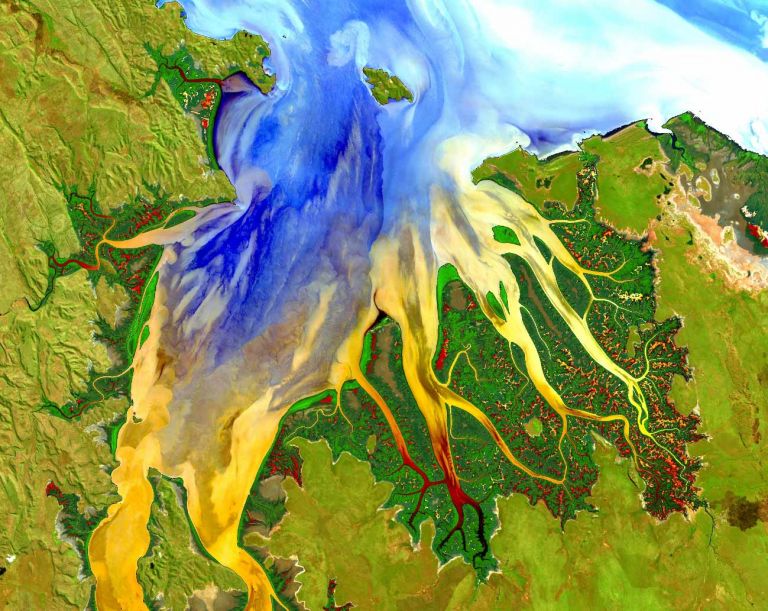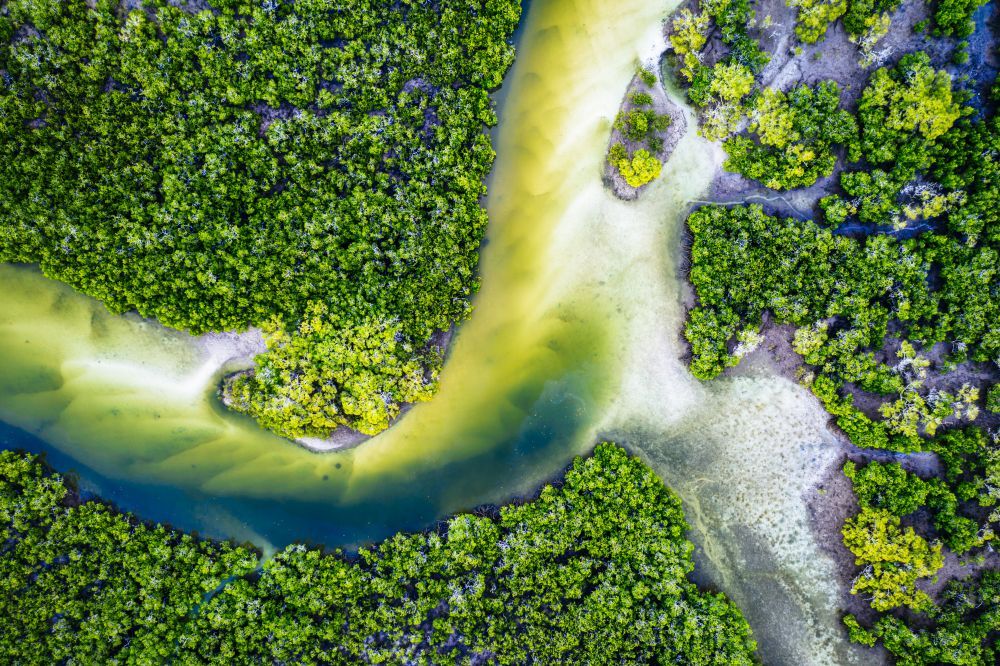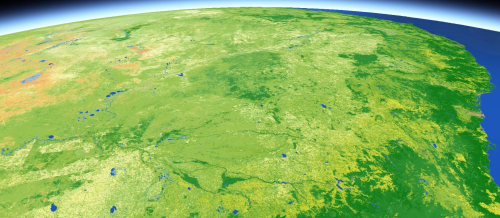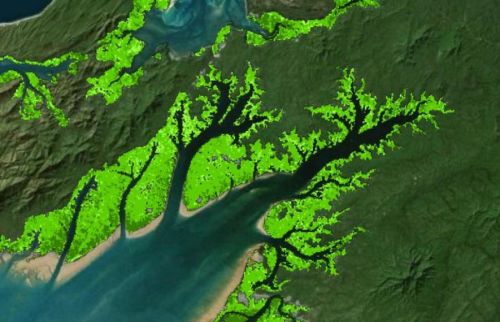Satellite imagery at work Environment
Page last updated:23 October 2024

Satellites empower environmental science
When Landsat 1, the first Earth observation satellite, launched in 1972, less than half the Earth had been accurately mapped.
The data Landsat provided led to a re-mapping of Antarctica, the creation of the first worldwide glacier map, and a new understanding of the Amazon’s true positioning.
For more than 50 years, Landsat has shown the power of remote sensing data to reveal our planet’s true reality.
Today, satellite imagery continues to uncover new knowledge about our lands, waterways and coasts. Australian scientists, conservationists and environmental managers are proving to be natural leaders in the clever application of Earth observations.
Our data supports research into changes in canopy cover, wetlands ecosystems, coastal environments, biodiversity, the impacts of sea level rise and climate change.
Want our data to empower your research?

Mangroves on the move
For over thirty years, Landsat data has been instrumental in mapping the nationwide movement and migration of Australia’s mangrove forests. This extensive dataset provides invaluable insights into the dynamic changes and trends effecting these vital coastal ecosystems.

Putting better eyes on our wetlands
Digital Earth Australia (DEA) brings together four leaders whose innovative use of satellite data is shedding new light on our precious wetlands. Our work is providing fresh perspectives and deeper insights into the health and dynamics of these vital ecosystems.






